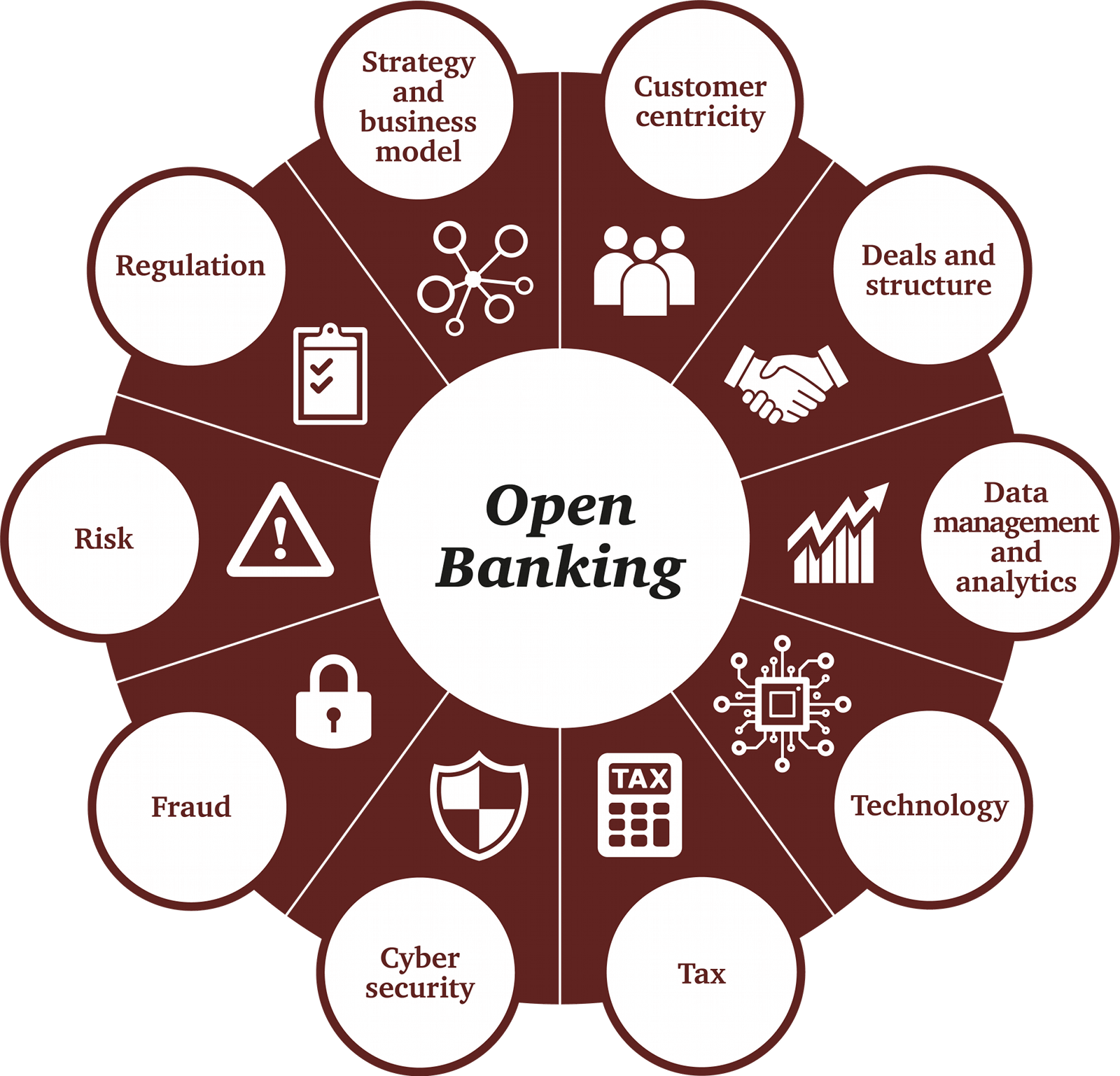I would like to inform you that I did study the article “Digital Ghosts in the class room” by Ashley Hinck. I made a sketch note with key points.
- YouTube, GIF, HTMW, and CSS: Students needs to know how to make GIFs, YouTube videos, and HTML, CSS websites. They are used to make funny photo shopped pictures of their friends and capable to make personalized GIFs. They are used to get digital skills as increasingly important for jobs, both summer internships and careers after graduation. Students enter their class convinced that what they will learn to do will be useful in their professional and personal lives. Students assume their ideas in digital media: i) drag-and-drop, ii) a master of well-laid out, linear, and standard steps and iii) personal information, guaranteed working product etc.

- Digital Multi-Media: Usually, template websites and platforms are the new worksheet. Students might shift to a more critical digital pedagogy by leaving those template websites and platforms behind. They might turn instead to technologies that enable and privilege openness and experimentation, like Raspberry Pi, Scratch, and HTML and CSS etc. They can trade more-flexible image manipulation software like Photoshop, videos. Resources help to students draw on their past experience of both school and their digital worlds. The ghosts of worksheets, templates, and shortcut websites linger on, hovering over their learning as well as teaching.

- Professional Ideas: Actually, students’ assumptions about education and digital media making aren’t panning out because they can see the frustration that experience. The frustration in their faces, and they hear their frustration on their course evaluations. It creates frustration from not getting their project working perfectly. It is a deeper frustration that their different ways of thinking.

- Banking Model: Students can redefine interesting learners apart from the banking concepts of education, ideas to give them explicit permission to try and fail and revise. In addition, they can share critiques of school culture with pedagogical choices. They are making clear the vision for learning and embrace. This movement toward trial-and-error and tinkering. Students have more of their own failures and enacted and demonstrated the tinkerer, trial-and-error approach explicitly, attitudes. During every class for two weeks, they set aside 15 minutes of class time for students to troubleshoot with partners. This helped students to see their projects as works in progress, proposal to maintain troubleshooting.

- Technological Knowledge (Internet etc): The internet is full of websites and platforms that make easier and introduce the need for technical knowledge. Google, apps provide pre-made themes for slideshow presentations, taking away the need for the user to make choices about font, color, and placement. GIPHY allows internet users to create GIFs using only YouTube URLs. WIX uses a survey to learn about a user’s aesthetic style before recommending themes for a homepage built through drag-and-drop sections.

- Creativity School and Traditional Culture: As critical digital pedagogues, students have to find ways to help students as makers, creators, speakers. They have to help themselves by using shortcut template platforms and websites. Actually they have shortcut template platforms and websites as models. Students should not have to settle for half-hearted, structured participation. They can become full, active, empowered participants. Students make possibilities beyond the exact outcome prescribed by creativity, template platforms, websites and their corresponding worksheets. Students needs to keep plugging away at disturbing the assumptions. They can use those resources in their working place. An urgently-needed ‘ontological turn’ in higher education is a greater concern. It is a concept of relation to teaching, learning, and nurturing in students of the ability of intellectual uncertainty and inventing new ideas as creative schools.

I carried out this assignment on banking concept for financial information, knowledge of technology as a platform to update for internet and relative websites information. Creative school and traditional cultures had significant impact on digital ghost ideas. Multi media had a series of product based influences for personal risk and that market was natural. YouTube, Videos, GIF, HTMW, CSS were the updated software to get information as social media. Finally, professional knowledge could incorporate all of those ideas in practical aspects.

